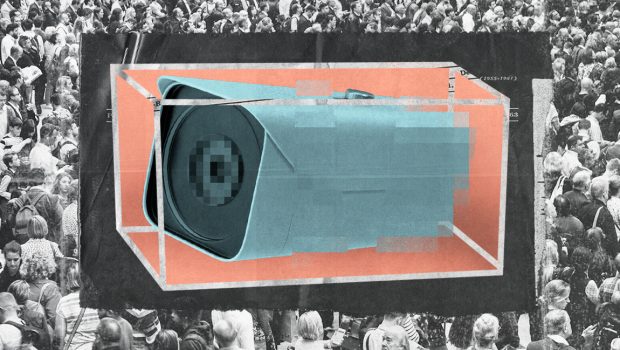Correcting Misconceptions and Planning Effective Safeguards on Face Recognition Technology
Individuals could also be charged in part based on how a match produced by a face recognition system affects the direction of an investigation early on, especially when having a match promotes confirmation bias or sloppy follow-up. For example, in one incident, New York City Police Department officers allegedly took a single possible face recognition match, and then texted a witness, “Is this the guy…?” along with the photo, rather than following proper procedure to use a photo array.
Even without leading to improper arrests, face recognition misidentifications can cause serious harm. Being targeted in an investigation can also be disruptive and potentially traumatic, and can endanger individuals even if charges or a conviction never follow.
By holding up the notion that face recognition is just used for leads
as a virtue, law enforcement actually places this technology in a limbo where its “results still can play a significant role in investigations, though, without the judicial scrutiny applied to more proven forensic technologies.”
It is vital that better safeguards be put into place to prevent improper reliance on this technology, and to ensure that defendants are not deprived of their right to review potentially exculpatory evidence.
The risk that face recognition surveillance will be abused is not hypothetical; the technology has already been abused to target and hamper First Amendment-protected activities.
Face recognition has already been misused to identify peaceful protesters and to facilitate selective prosecution against protesters.
According to a South Florida Sun Sentinel
investigation, in 2020, law enforcement repeatedly used face recognition to identify and catalog peaceful protesters. Fort Lauderdale police ran numerous face recognition searches to identify people who might be a “possible protest organizer” or an “associate of protest organizer” at a Juneteenth event to promote defunding the police. Boca Raton police also ran face recognition scans on half a dozen occasions throughout May 2020 targeting protesters during peaceful events. And the Broward Sheriff’s Office ran nearly 20 face recognition searches during this same time period for the purpose of “intelligence” collection, rather than to investigate any criminal offense.
Face recognition has been abused for selective targeting, with law enforcement using the technology to rapidly scan protests for individuals with active bench warrants for unrelated offenses. Several years ago, Baltimore police used face recognition amid protests to find individuals with “outstanding warrants and arrest[ed] them directly from the crowd,” in a selective effort that appeared to be aimed at disrupting, punishing, and discouraging demonstrators from protesting.
Absent strong rules, these problems will continue to occur. Face recognition could be used to identify and catalog every attendee at a religious service or political rally, akin to a hyper-powered version of the “mosque crawlers” the New York Police Department deployed for its surveillance of Muslim Americans, or the plants and informants the FBI used to spy on activists as part of COINTELPRO. Face recognition could catalog who goes to a health clinic, substance abuse treatment center, or union meeting. These kinds of sensitive data about people’s lives could be stockpiled and used for an immense array of future government activities, ranging from profiling, to selective law enforcement investigations, to evaluations for civil service employment opportunities. And even absent such malicious actions, research has shown that surveillance does in fact chill participation in basic activities, especially when directed at sensitive activities and groups vulnerable to persecution.
The dangers face recognition pose cannot be solved by just restricting use of the most egregious companies and error-prone algorithms; even the most well-designed systems create danger.
When crafting safeguards against face recognition surveillance, lawmakers should not limit their focus just to egregious situations. As the problems described above show, even well-designed systems can cause serious problems.








Gloss